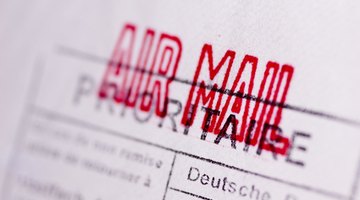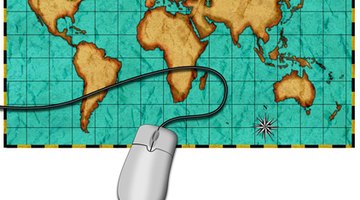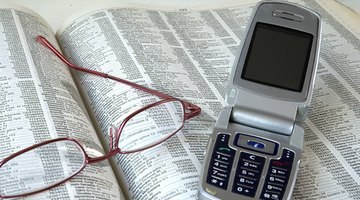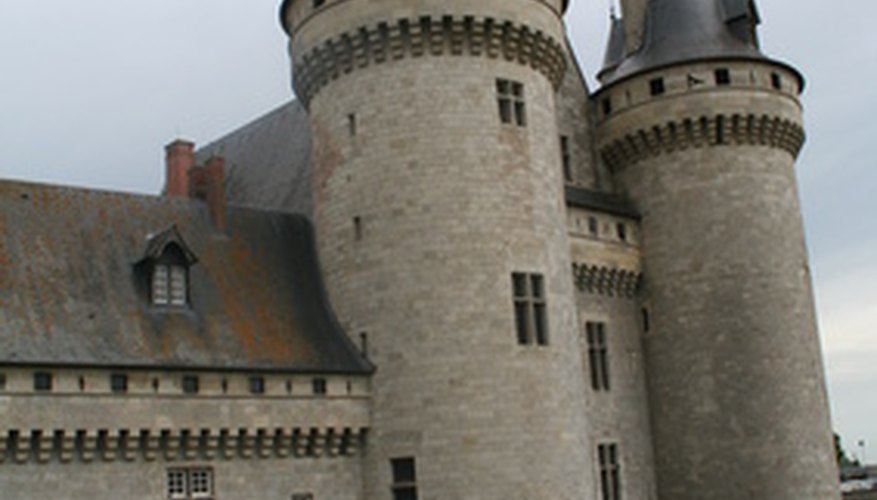Luckily, finding an address in France either by searching in a telephone directory or finding a physical location doesn't take much more wherewithal there than it does in your own home town. The one exception is Paris, a vast and sprawling city that's been around since before the Romans conquered Gaul, whose twists, turns, forests, islands and narrow alleyways can throw even its own denizens for a loop.
Study the address format. Mailing addresses in France are very similar to those in the UK, with the exception of the postcode placement. The first line is the addressee, either a person or a business. The second line is the physical street address and the third line is the postcode followed by the city name. The final line is the country, in all capital letters. For example: M. Jean Deau 123 Rue Charles de Gaulle 75006 Paris FRANCE
- Luckily, finding an address in France either by searching in a telephone directory or finding a physical location doesn't take much more wherewithal there than it does in your own home town.
- The first line is the addressee, either a person or a business.

Use an online mapping program such as Mapquest, "ViaMichelin" or Google Maps. Alternatively, use a GPS that works on the continent to plan your route. Simply, put in your starting address or cross streets and your destination address and the software will plot your route. If you know where you will be staying, you can map the turn-by-turn route you will take to the attractions you wish to see.

Check the "Yellow Pages." Indeed, France's telephone directories in telephone booths and hotel rooms are just like they are in the UK, white and yellow. "Les pages jaunes," just like their yellow UK counterparts, are listed by business or service category, and the white pages are alphabetical listings of people and businesses. For example, to find the address for The Louvre, use the white pages to search for "Louvre." In the Yellow Pages, search under the category for "Musées," which means museum, and then find the specific museum "Le Louvre."
- Use an online mapping program such as Mapquest, "ViaMichelin" or Google Maps.
- In the Yellow Pages, search under the category for "Musées," which means museum, and then find the specific museum "Le Louvre."

Use Minitel. Nearly 15 years before the Internet was ubiquitous in British homes, the French had "minitel," an interactive computer portal that uses French phone lines to look up addresses, find merchants and handle secure credit-card transactions. It looks like a miniature computer plugged into the phone or a community phone jack. The opening screen is just like an address bar in a Web browser and works using the same technology.
TIP
Need to use the Internet in France? Look no further than your nearest "cybercafé" or the large sign indicating "Internet." Computer terms are universal. When visiting Paris, unless you plan to stay glued to a tour group, buy a Paris map book at any newspaper stand. Separated by "arrondissement," the governmental divisions of the city, these maps are invaluable to navigating the labyrinth on foot or via metro in the City of Lights. Such books are available in travel sections of larger book shops.
WARNING
Be cautious, ripping pages out of French phone books or taking a French phone book from its owner or from a phone booth can result in hefty fines if you're caught.
